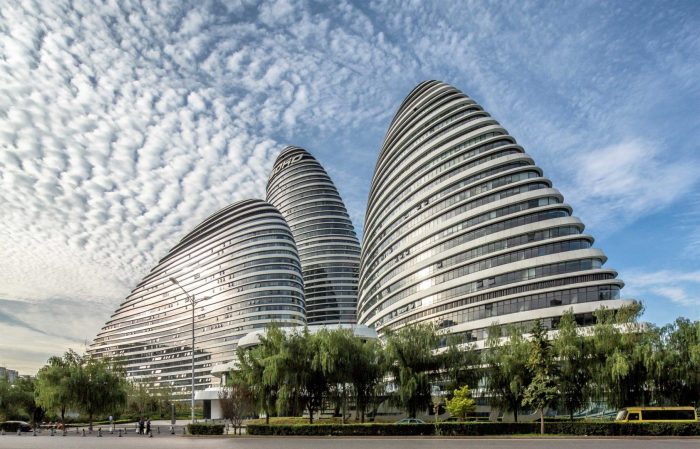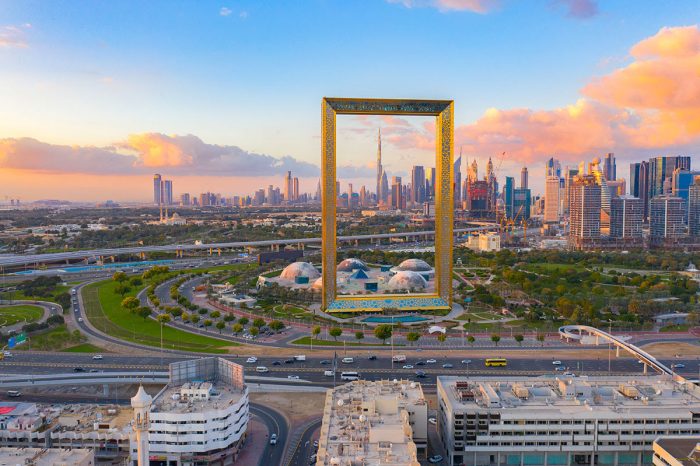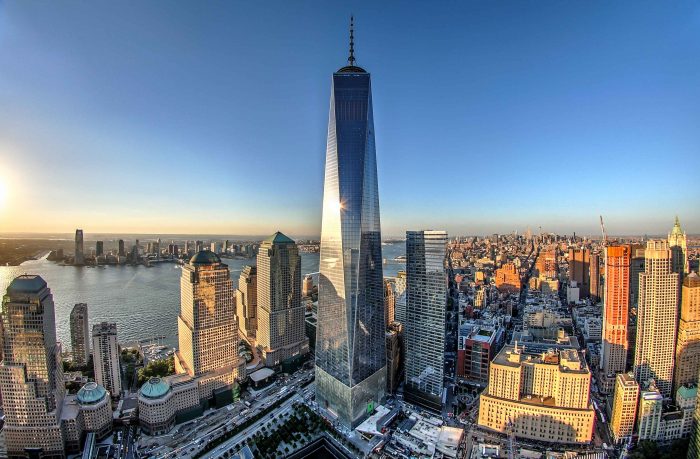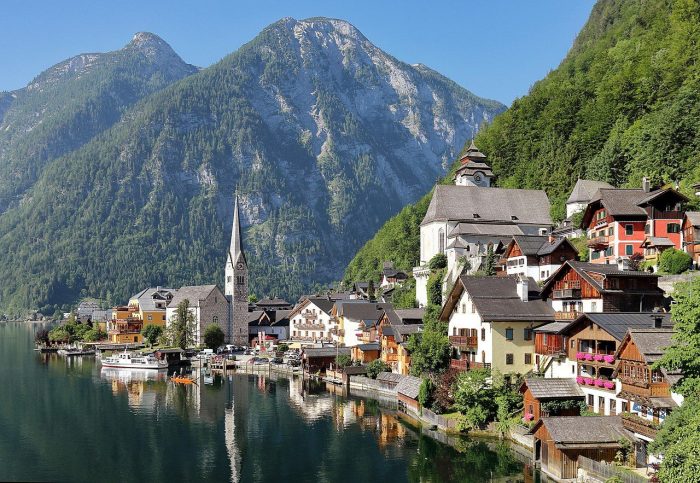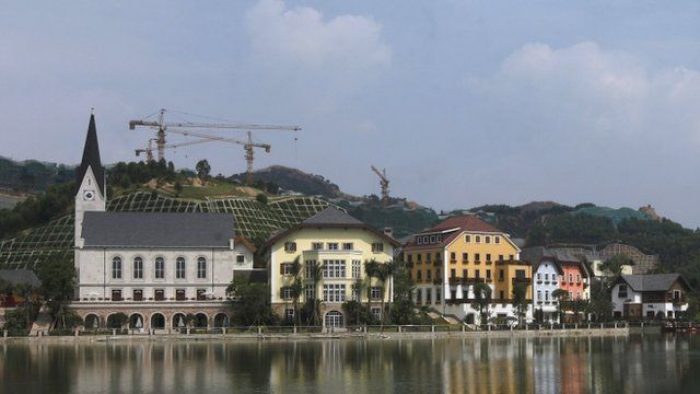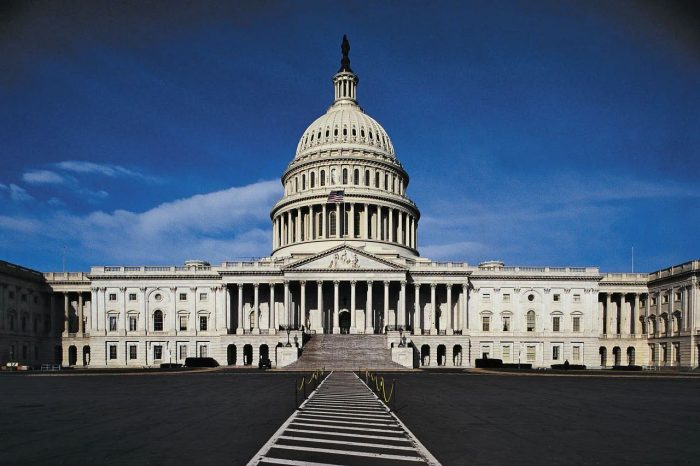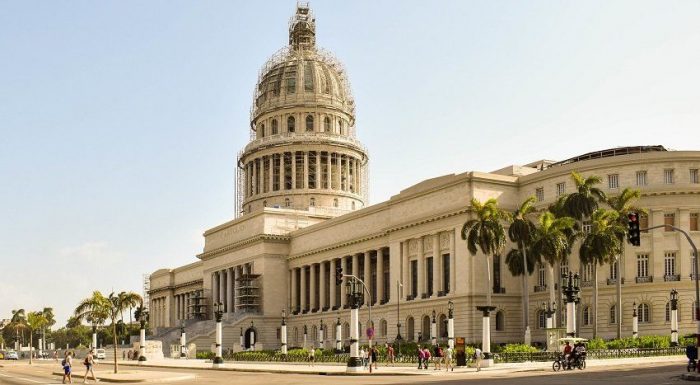Although many architects may feel flattered if they find out their buildings are being mimicked, others consider architectural imitation explicit plagiarism and might even call it embezzling.
With the media portraying all images, drawings, and architectural details of projects worldwide daily, taking someone else’s ideas has never been easier. Why architects are not engineers? many emerging architects surf the internet in search of inspiration for their designs. However, there is a fine line between inspiration and plagiarism.
Why do architects copy?
“Imitation is not just the sincerest form of flattery – it’s the sincerest form of learning.” ― George Bernard Shaw.
Although architectural plagiarism sounds like a vulgar crime, it is widespread and is not always unethical either. In the academic field, many young architecture students often create designs that copy the same ideas of role model architects. Although they can sometimes get away with it at school, architectural imitation is considered an unforgivable sin by many architects in the market.
Architectural Imitation: Were the Designs of these Exquisite Buildings Copied?
This article will look at five instances of architectural imitation in which the designs appeared to be cut and pasted:-
1. Wangjing SOHO by Zaha Hadid
We have all heard of pirating mobile phones, tablets, and many products in China, where there are no strict copyright laws, but have you heard of a pirated building?
Zaha Hadid’s Wangjing SOHO complex in Beijing is comprised of three pebble-shaped masses, completed in 2014. The project is being copied by a developer in the southwestern Chinese city of Chongqing. Known as Meiquan 22nd Century, the copied project also features pebble-like structures with a similar exterior skin. Still, the only visible difference is that the project features two masses rather than three.
However, Chongqing Meiquan, the developer behind Meiquan 22nd Century, declines accusations of architectural imitation and has stated on his blog that the building “Never meant to copy, only want to overreach.”
Renowned architect Rem Koolhaas described China’s designers as “Photoshop designers,” referring to the idea that Photoshop enables designers to create collages of images that can be later transformed into a design.
Legendary architect Zaha Hadid had said before that “Everything is a copy” and that she does not mind when other architects imitate her works. However, it’s undeniable that not everyone is a good sport like Zaha to be on good terms with architectural imitation.
Also read:- 10 Unpredictable Facts You Never Knew About Zaha Hadid
2. The Dubai Frame by Fernando Donis
Speaking of architects who are not ok with architectural imitation, the Mexican-born architect Fernando Donis was outraged by the execution of the Dubai Frame and felt victimized as his ideas were stolen. He claims that Dubai has executed his designs from a competition held back in 1998, where Donis was proclaimed the original winner of the competition from 900 architects.
Donis did not accept the new Dubai frame in Za’abeel park, which consists of two towers linked by an observation deck situated in Dubai. “It’s shocking,” said Donis, who has even filed a lawsuit against Dubai. However, the response was that he did not have the necessary licenses to complete the Dubai Frame project.
“The Frame is mine, and they don’t want to grant that it is mine. The infringement does not just victimize me. They have taken something from all architects – the protection of our ideas.” added the architect.
3. One World Trade Center by SOM
Designed by the leading architectural firm Skidmore, Owings & Merril (SOM), the One World Trade Center is accused of architectural plagiarism. Situated at the site of the fallen twin towers, this high-rise building has gained a lot of controversy from the public.
A former student at the College of Architecture at the Illinois Institute of Technology states that the prestigious firm had copied the design from his old design for a 122-story building by Georgia Architect Jeehon Park in the late 1990s.
Conceived as a primary high-rise building and one of the tallest towers in Manhattan, the form of the One World Trade Center has a square base that smoothly transforms into a rotated square at the top, creating triangular geometric shapes on the sides. By observing the two buildings, anyone can notice the shocking similarity between the SOM building and the alleged original design just by the naked eye.
The alleged original designer has filed a lawsuit against the firm for violation. On the other hand, SOM responded by saying that the progress of the simple design has been shown before and that they believe these allegations of architectural imitation are to get attention, money, or both. Elizabeth Harrison Kubany, a spokeswoman for Skidmore, said in an official statement, “Such high-profile buildings often attract copyright claims.”
“He is filing suit in June of 2017 about a design first unveiled publicly in June 2005 and completed in 2013,” the spokeswoman added.
4. Hallstatt Village in Upper Austria
China strikes again with another case of architectural plagiarism, but this time they have copied a whole village in Austria. Hallstatt is a stunning UNESCO World Heritage Site known as the historic Austrian Alpine village. The Chinese government spent $940 million to create an identical copycat version of the village with the same 16th Century style buildings and landscapes right in the heart of the Chinese province of Guangdong.
After protests from 900 people against the Chinese representation, the residents of Hallstatt soon saw the incident in a new light and decided to take it as a compliment. In fact, the “fake” village is helping attract more tourists to the beautiful original village and is now perceived as a tool for marketing tourism in upper Austria.
5. The Capitol Building in Washington
Constructed in 1823, the Capitol Building in Washington is home to the US Congress and a world-famous US landmark with an iconic Neoclassical central dome.
Designed by Raul Otero and Eugenio Rayneri Piedra, the National Capitol Building is known as “El Capitolio,” which also happens to be another Neo-classical governmental building mimicking the previously distinctive dome. El Capitolio’s dome is slightly taller, rising at 92 meters, while the original was 88 meters.
Although there is a definite similarity between the National Capitol Building in Havana and the United States Capitol, it is not a replication. Located in the heart of Cuba, the Capitol duplicate was previously the official government building till 1959 and is now being used by the Cuban Academy of Sciences and the Ministry of Environment.
For “El Capitolio,” the architects openly state that they have gotten the classical inspiration for this building’s design from the US Capitol and Rome’s St. Peter’s Basilica.


